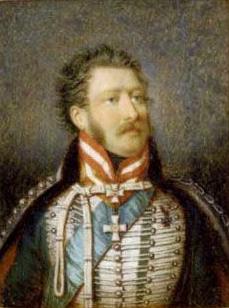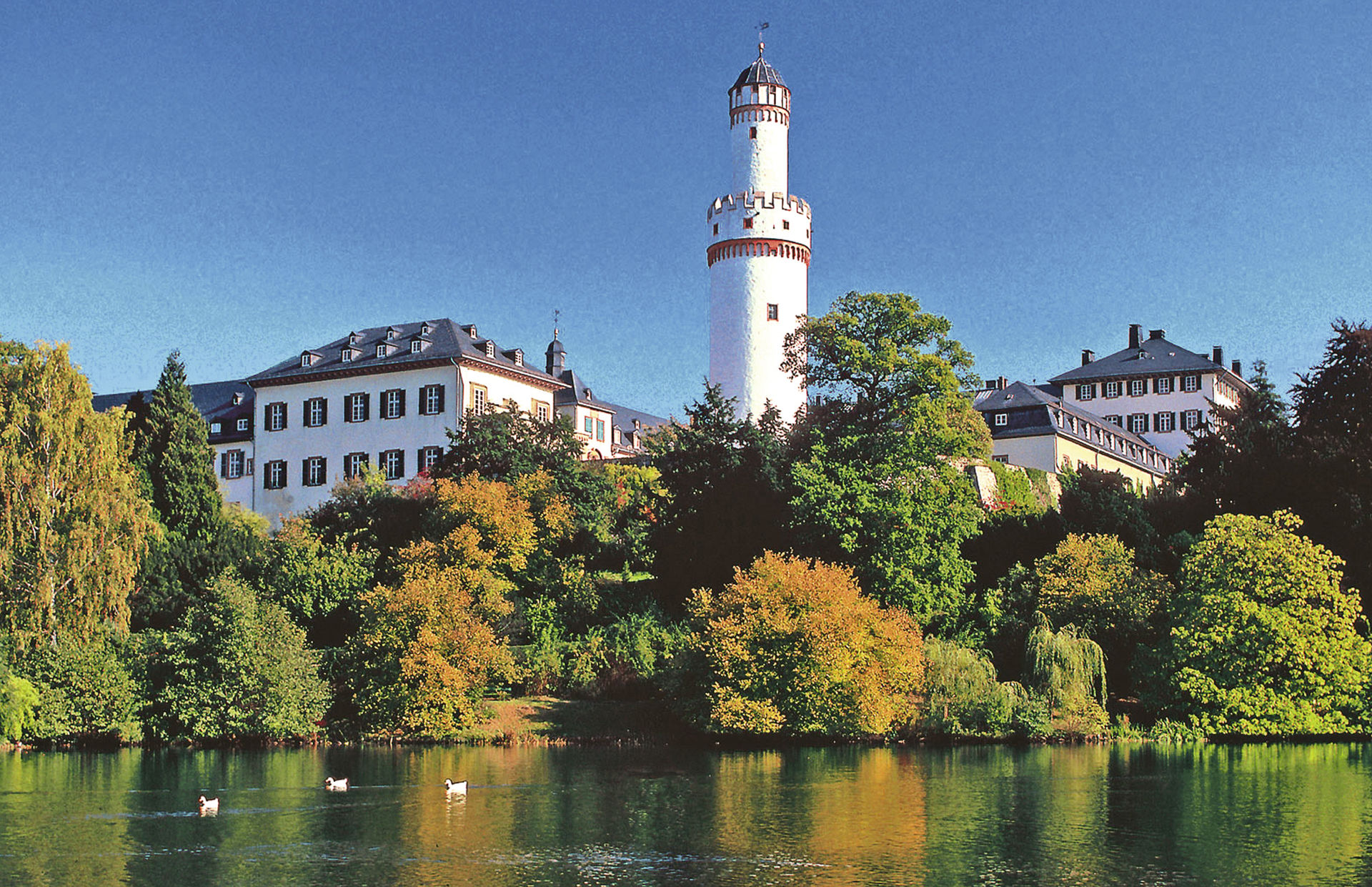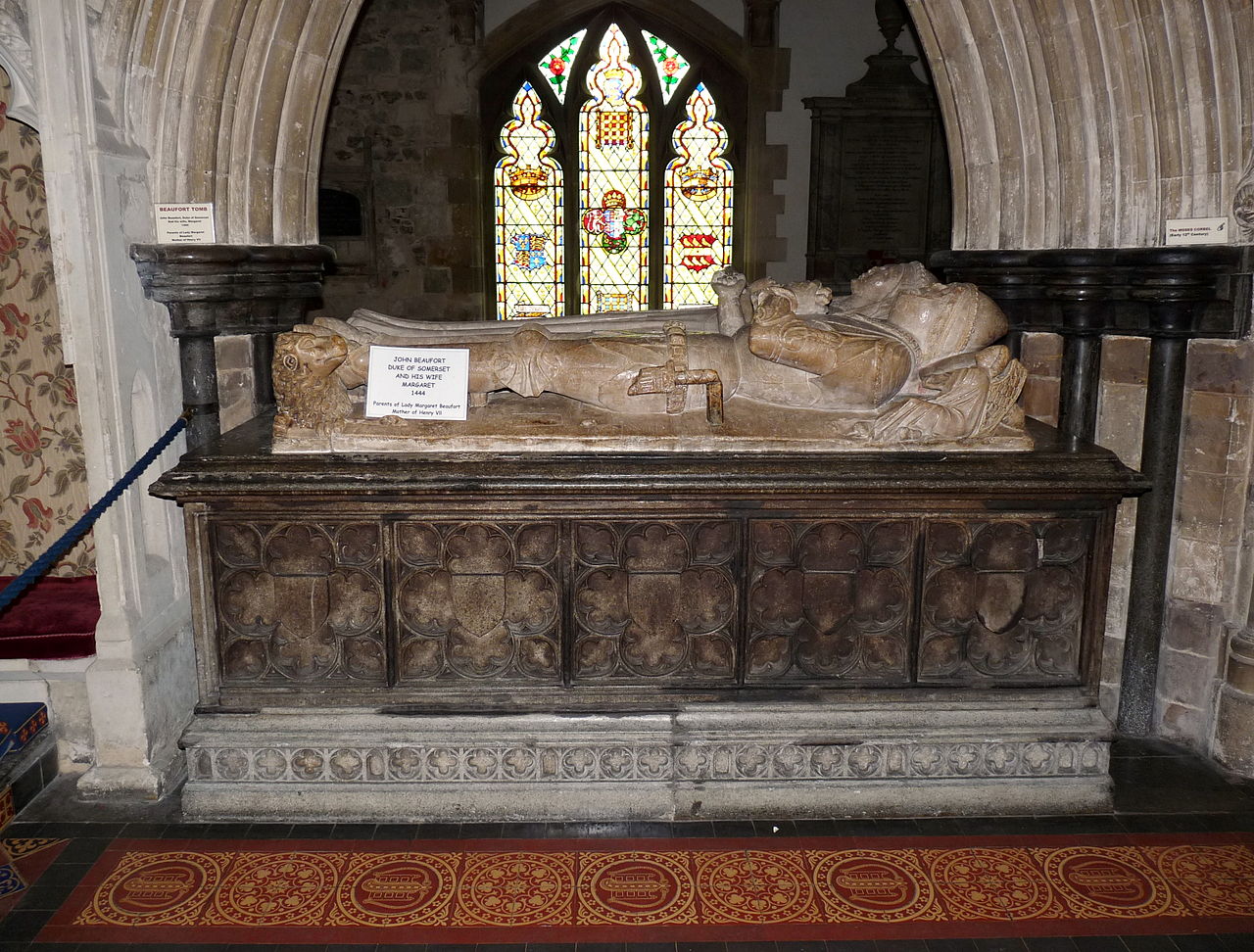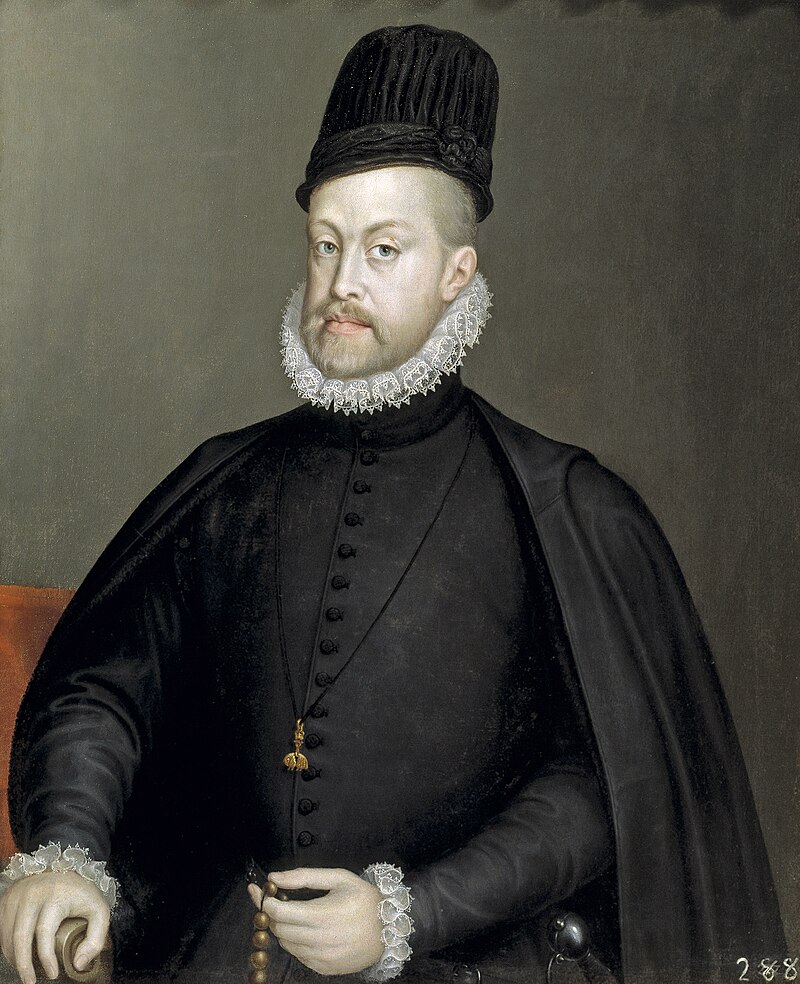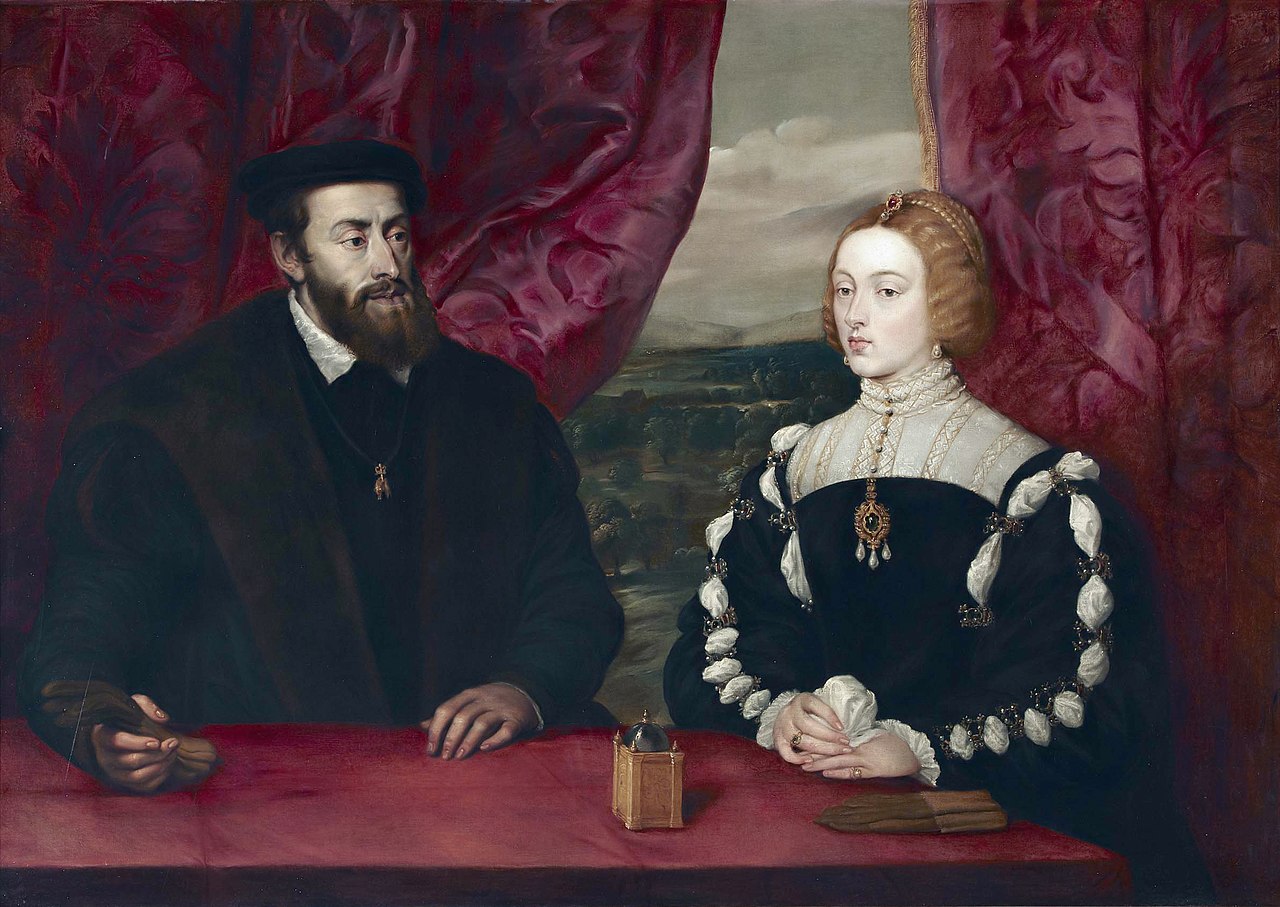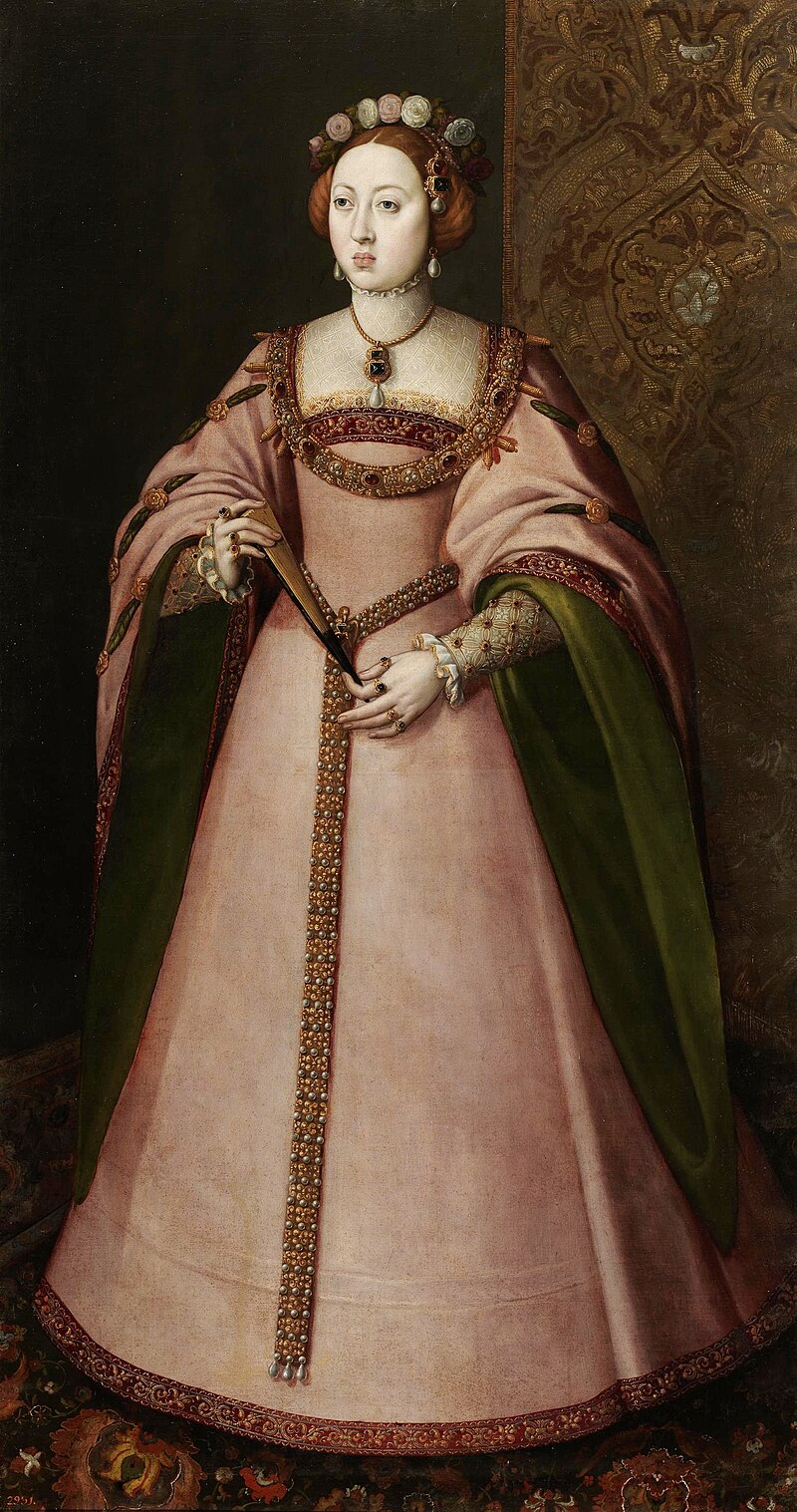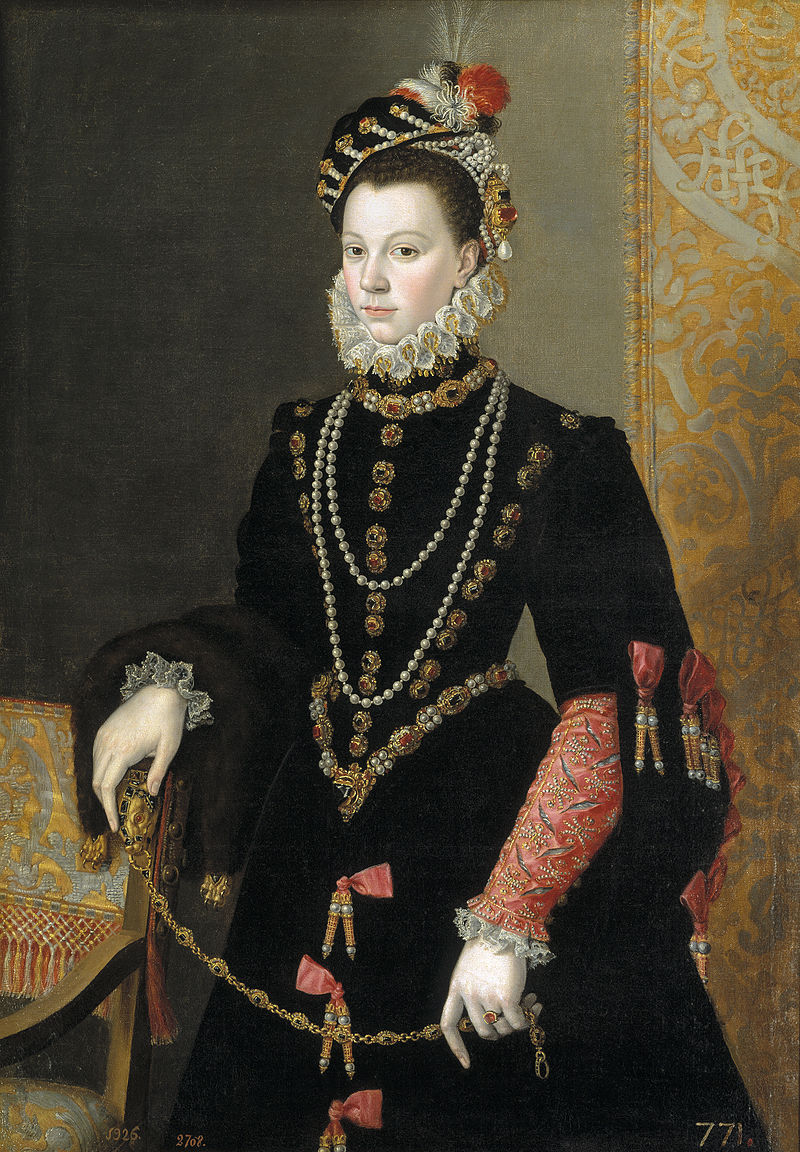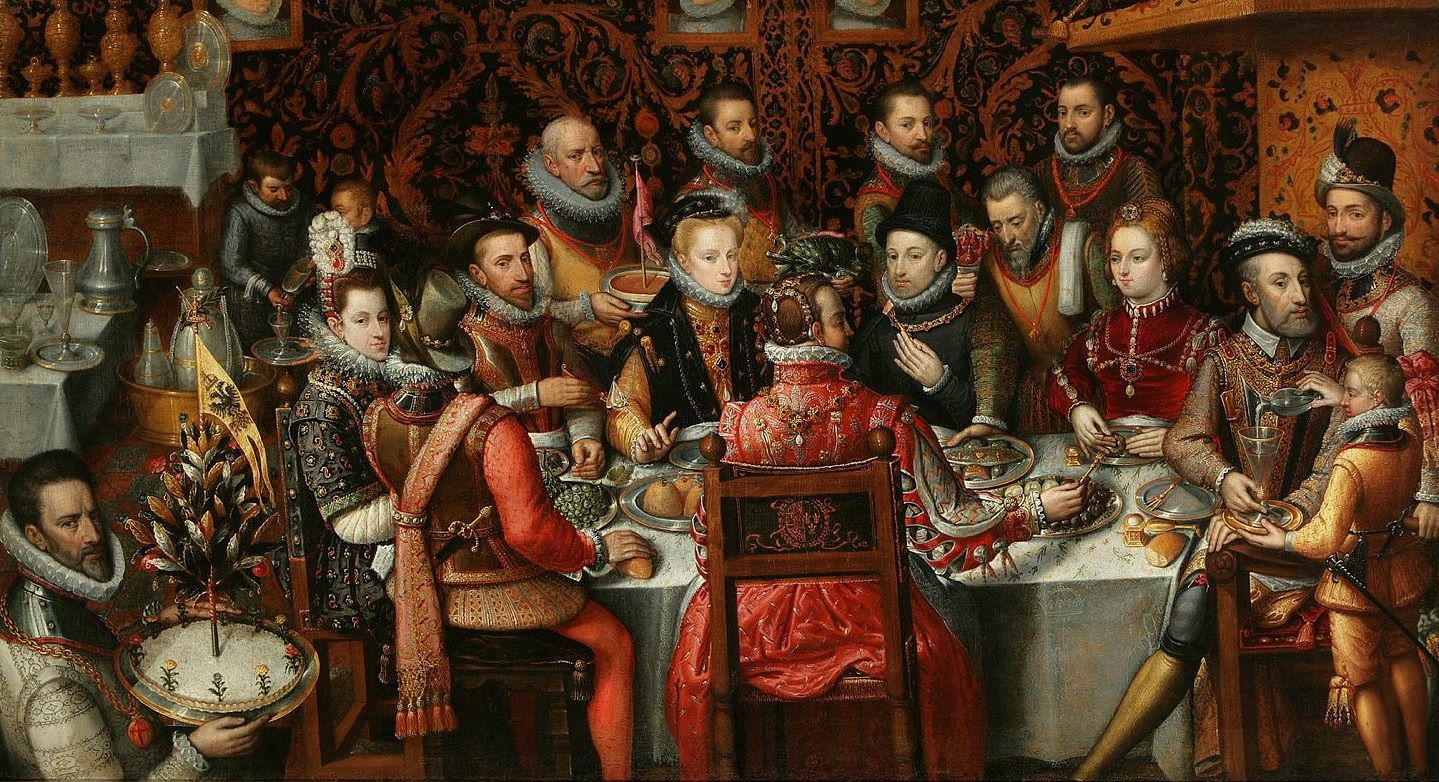by Susan Flantzer © Unofficial Royalty 2019

Ernst August in the 1930s; Credit – Wikipedia
Duchy of Brunswick: The Principality of Brunswick-Wolfenbüttel was a subdivision of the Duchy of Brunswick-Lüneburg. After the dissolution of the Holy Roman Empire, the Congress of Vienna turned Brunswick-Wolfenbüttel into an independent country called the Duchy of Brunswick in 1815. Ernst August III, the last Duke of Brunswick was forced to abdicate on November 8, 1918, as the German Empire came to an end. Today the land that encompassed the Duchy of Brunswick is in the German state of Lower Saxony. Since 1866, the senior heir of the House of Hanover has been the pretender to the throne of the Kingdom of Hanover.
********************
The second of the five children and the eldest of the three sons of Ernst August (III), Duke of Brunswick and Princess Viktoria Luise of Prussia, the only daughter of Wilhelm II, German Emperor and King of Prussia, Ernst August was born on March 18, 1914, in Brunswick in the Duchy of Brunswick now in Lower Saxony, Germany. As his father was the reigning Duke of Brunswick, Ernst August (IV) was styled His Royal Highness The Hereditary Prince of Brunswick at birth.
Embed from Getty Images
Ernst August (IV)’s parents
Ernst August (IV) was among the senior male-line descendants of King George III of the United Kingdom. This line is descended from George III’s son, Ernest Augustus, Duke of Cumberland, who became King of Hanover (due to the Salic Law which forbade female succession) following the death of his brother King William IV and the accession of Queen Victoria. (George III → Ernest Augustus (I), Duke of Cumberland, King of Hanover → George V, King of Hanover → Ernst August (II), Duke of Cumberland (married Princess Thyra of Denmark, sister of Queen Alexandra of UK, Empress Marie Feodorovna of Russia and King George I of Greece) → Ernst August (III), Duke of Brunswick (married Viktoria Luise, only daughter of Kaiser Wilhelm II) → Ernst August (IV), Hereditary Prince of Brunswick).
He was also a great-great-grandson of Queen Victoria via his mother (Queen Victoria → Victoria, Princess Royal → Wilhelm, German Emperor → Viktoria Luise of Prussia → Ernst August (IV), Hereditary Prince of Brunswick) and a great-grandson of King Christian IX of Denmark via his father (King Christian IX → Thyra of Denmark → Ernst August, Duke of Brunswick → Ernst August (IV), Hereditary Prince of Brunswick).
On June 17, 1914, King George V of the United Kingdom, the first cousin of Ernst August (III), Duke of Brunswick via their mothers and third cousins via their fathers, issued a Letters Patent granting the children of the Duke of Brunswick the style Highness and declaring that they would be Prince or Princess of the United Kingdom of Great Britain and Ireland.
Ernst August’s christening at Brunswick Cathedral in May 1914 was perhaps the last great gathering of European royalty before the start of World War I in August 1914. Christened with the names Ernst August Georg Wilhelm Christian Ludwig Franz Joseph Nikolaus Oskar, the infant prince had a long list of illustrious royal godparents, some of whom would be on opposite sides in the upcoming war:
- Wilhelm II, German Emperor: his maternal grandfather
- Augusta Victoria of Schleswig-Holstein, German Empress: his maternal grandmother
- Ernst August (II), former Crown Prince of Hanover, 3rd Duke of Cumberland and Teviotdale: his paternal grandfather
- Thyra of Denmark, former Crown Princess of Hanover, Duchess of Cumberland and Teviotdale: his paternal grandmother
- George V, King of the United Kingdom: his father’s maternal first cousin and paternal third cousin
- Franz Joseph I, Emperor of Austria
- Nicholas II, Emperor of All Russia: his father’s maternal first cousin
- Ludwig III, King of Bavaria
- Friedrich Franz IV, Grand Duke of Mecklenburg-Schwerin: his paternal uncle by marriage
- Prince Adalbert of Prussia: his maternal uncle
- Prince Oskar of Prussia: his maternal uncle
- Prince Maximilian of Baden
- The 1st Royal Bavarian Heavy Cavalry Regiment

Ernst August (IV) with his mother in 1914; Credit – Wikipedia
Ernst August (IV) had three brothers and one sister:
- Prince Georg Wilhelm of Hanover (1915 – 2006), married Princess Sophie of Greece and Denmark, sister of Prince Philip, Duke of Edinburgh, had two sons and one daughter
- Princess Frederica of Hanover (1917 – 1981), married King Paul I of Greece, had three children including King Constantine II of Greece and Queen Sofia of Spain, wife of King Juan Carlos I of Spain
- Prince Christian Oskar of Hanover (1919 – 1981), married Mireille Dutry, had two daughters, divorced
- Prince Welf Heinrich of Hanover (1923 – 1997), married Princess Alexandra of Ysenburg and Büdingen, no children

Ernst August on the right with his parents and his brother Georg Wilhelm in 1916; Credit – Wikipedia
On November 8, 1918, at the end of World War I, Ernst August’s father was forced to abdicate his throne as reigning Duke of Brunswick. The Duke of Brunswick had been appointed a Knight of the Order of the Garter by Queen Victoria in 1878, but he had been struck off the roll of the Order of the Garter in 1915 by his first cousin King George V of the United Kingdom along with six other Austrian or German royals. Further action was taken against him after the British Parliament passed the Titles Deprivation Act 1917 which allowed the Privy Council to investigate “any persons enjoying any dignity or title as a peer or British prince who have, during the present war, borne arms against His Majesty or His Allies, or who have adhered to His Majesty’s enemies.” Under the terms of that act, an Order in Council on March 28, 1919, formally removed the former Duke of Brunswick’s British peerages, Duke of Cumberland, Duke of Teviotdale, and Earl of Armagh. The former Duke of Brunswick and his children also lost their titles of Prince and Princess of the United Kingdom and the styles Royal Highness and Highness. According to the Titles Deprivation Act, the male heirs of Ernst August, former Duke of Brunswick have the right to ask the British Crown to reinstate their British peerage titles but no descendant has ever done so.
In 1919, German royalty and nobility lost their privileges in Germany. Thereafter, hereditary titles could legally be used as part of surnames. In 1931, Ernst August (III), Duke of Brunswick declared that his descendants, as descendants of King George III, would continue to use British HRH Prince/Princess. However, legally they are not British HRH Prince/Princess. All titles used by the family are used in pretense.

Cumberland Castle; Credit – By Pepito Tey – Own work, CC BY-SA 3.0 at, https://commons.wikimedia.org/w/index.php?curid=22858180
After World War I, the Hanover family first took refuge at Cumberland Castle, their home in Gmunden, Austria. Once the situation in Germany calmed down, they returned to Germany, claim the bulk of their fortune, and retain ownership of Blankenburg Castle and Marienburg Castle.
First educated with his family in Austria and Germany, Ernst August attended the Gymnasium (secondary school) in Hamelin in Lower Saxony, Germany along with his brother Georg Wilhelm. The brothers lived with one of their teachers, Dr. Oppermann. Ernst August then attended the Schule Schloss Salem established by the educator Kurt Hahn with the support of Prince Maximilian of Baden (one of Ernst August’s godparents). Later, under the Nazi regime, Hahn, who was Jewish, left Germany for Scotland where he founded the Gordonstoun School, later attended by Prince Philip, Duke of Edinburgh (who previously also attended Schule Schloss Salem) and his three sons. After his secondary education was completed, Ernst August went to England where he studied at Oxford University. Returning to Germany, he attended the University of Göttingen and received a Doctorate of Jurisprudence (law) in 1937.
During World War II, Ernst August (IV) served as an officer in the 4th Panzers Group under the command of General Erich Hoepner. In 1944, Ernst August (IV) and most other former German princes were expelled from the army by Adolf Hitler. Ernst August’s former commander General Hoepner was a participant in the unsuccessful July 20, 1944 plot to assassinate Hitler and was hanged on August 8, 1944. Ernst August (IV) was arrested by the Gestapo who suspected him, wrongly, of being involved in the plot. He was imprisoned for a few weeks and then released.
Embed from Getty Images
Wedding of Ernst August (IV) and Ortrud
On August 31, 1951, at Marienburg Castle in Hanover, Germany, Ernst August (IV) married Princess Ortrud of Schleswig-Holstein-Sonderburg-Glücksburg, daughter of Prince Albrecht of Schleswig-Holstein-Sonderburg-Glücksburg and his second wife Princess Hertha of Ysenburg and Büdingen. Ortrud’s parents had been close friends of Ernst August’s grandfather Wilhelm II, German Emperor. A religious ceremony was held on September 5, 1951, in the Marktkirche in Hanover, followed by a reception in the Gallery Building at Herrenhausen Gardens, the only part of the House of Hanover’s former summer palace still intact, as the palace itself had been destroyed during World War II. The marriage was considered an equal marriage, in accordance with the laws of the House of Hanover, allowing Ernst August (IV) to inherit the property and titles of his family.
Ernst August and Ortrud had six children:
- Princess Marie of Hanover (born 1952), married Count Michael von Hochberg, had two sons
- Prince Ernst August (V) of Hanover (born 1954), married (1) Chantal Hochuli, had two sons, divorced (2) Princess Caroline of Monaco, had one daughter
- Prince Ludwig Rudolph of Hanover (1955 – 1988), married Countess Isabelle von Thurn und Valsassina-Como-Vercelli, had one son; Ludwig Rudolph died by suicide after discovering the body of his wife who had died of a drug overdose
- Princess Olga of Hanover (born 1958), unmarried
- Princess Alexandra of Hanover (born 1959), married Andreas, 8th Prince of Leiningen, had two sons and one daughter
- Prince Heinrich of Hanover (born 1961), married Thyra von Westernhagen, had two sons and one daughter
In 1953, Ernst August (IV)’s father died and he became Head of the House of Hanover and pretender to the thrones of Hanover and Brunswick.
The Sophia Naturalization Act 1705 provided that all the children and descendants of Electress Sophia of Hanover, with the exception of Roman Catholics, shall be naturalized as British citizens. The Act was repealed by the British Nationality Act 1948 but it was stipulated that any non-Catholic descendant of Electress Sophia of Hanover who had already been born when the repealing statute was enacted in 1949 could claim British citizenship. In 1957, Ernest August (IV), a descendant of Electress Sophia, successfully sought a declaration that he was a British citizen under the 1705 and 1948 Acts. No other family members became British citizens at that time and the citizenship did not extend to any descendants of Ernst August (IV), Hereditary Prince of Brunswick, who were all born after 1949.
In 1961, Ernst August (IV) sold his remaining properties at Herrenhausen Gardens except for the Princely House, a small palace built in 1720 by King George I of Great Britain. Marienburg Castle was turned into a museum in 1954 and Ernst August (IV) moved to the nearby Calenberg Castle. This move caused a serious disagreement with his mother who had to move out of the castle. Ernst August (IV) also sold Cumberland Castle at Gmunden, Austria to the state of Upper Austria in 1979. However, the family foundation based in Liechtenstein kept forests, a game park, a hunting lodge, and other properties at Gmunden. The family property is now managed by Ernst August (IV)’s grandson Ernst August (VI) after his father Ernst August (V) transferred the property to him in November 2018.

Countess Monika zu Solms-Laubach, Ernst August’s second wife; Credit – By Source (WP:NFCC#4), Fair use, https://en.wikipedia.org/w/index.php?curid=60077233
On February 6, 1980, Ernst August (IV)’s first wife Ortrud died at the age of 54. She was buried at Marienburg Castle. Ernst August (IV) married for a second time to Countess Monika zu Solms-Laubach. The couple was married in a civil ceremony on July 16, 1981, and then in a religious ceremony the next day.
On December 9, 1987, Ernst August (IV), the former Hereditary Prince of Brunswick and Prince of Hanover, died at Calenberg Castle in Schulenburg in Lower Saxony, Germany at the age of 73. He was buried next to his first wife at Marienburg Castle. His second wife Monika survived him by nearly 28 years, dying on June 4, 2015, at the age of 85, and was buried in her birthplace, Laubach in Hesse, Germany.

Marienburg Castle where Ernst August is buried; Credit – By Ralf Claus – Ralf Claus, CC BY-SA 3.0 de, https://commons.wikimedia.org/w/index.php?curid=43012866
This article is the intellectual property of Unofficial Royalty and is NOT TO BE COPIED, EDITED, OR POSTED IN ANY FORM ON ANOTHER WEBSITE under any circumstances. It is permissible to use a link that directs to Unofficial Royalty.
Works Cited
- En.wikipedia.org. (2019). Prince Ernest Augustus of Hanover (1914–1987). [online] Available at: https://en.wikipedia.org/wiki/Prince_Ernest_Augustus_of_Hanover_(1914%E2%80%931987) [Accessed 21 Mar. 2019].
- Fr.wikipedia.org. (2019). Ernest-Auguste de Hanovre (1914-1987). [online] Available at: https://fr.wikipedia.org/wiki/Ernest-Auguste_de_Hanovre_(1914-1987) [Accessed 21 Mar. 2019].
- HRH Viktoria Luise, Princess of Prussia. (1977). The Kaiser’s Daughter. Englewood Cliffs: Prentice-Hall, Inc.
- Mehl, S. (2018). Ernst August III of Hanover, Duke of Brunswick. [online] Unofficial Royalty. Available at: https://www.unofficialroyalty.com/ernst-august-iii-of-hanover-duke-of-brunswick/ [Accessed 21 Mar. 2019].
- Mehl, S. (2018). Viktoria Luise of Prussia, Princess of Hanover, Duchess of Brunswick. [online] Unofficial Royalty. Available at: https://www.unofficialroyalty.com/viktoria-luise-of-prussia-princess-of-hanover-duchess-of-brunswick/ [Accessed 21 Mar. 2019].
- Petropoulos, J. (2009). Royals and the Reich. Oxford: Oxford University Press.


















